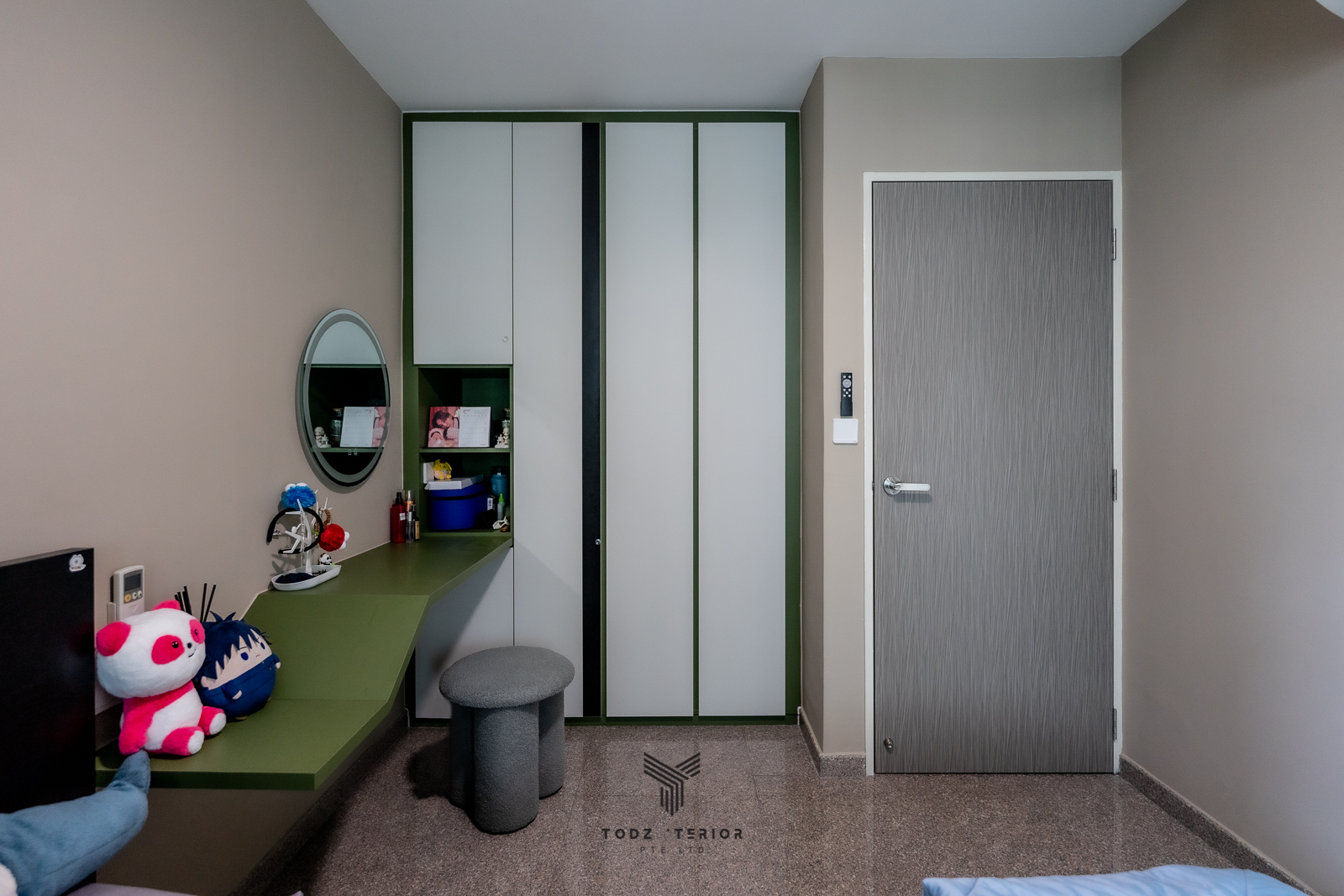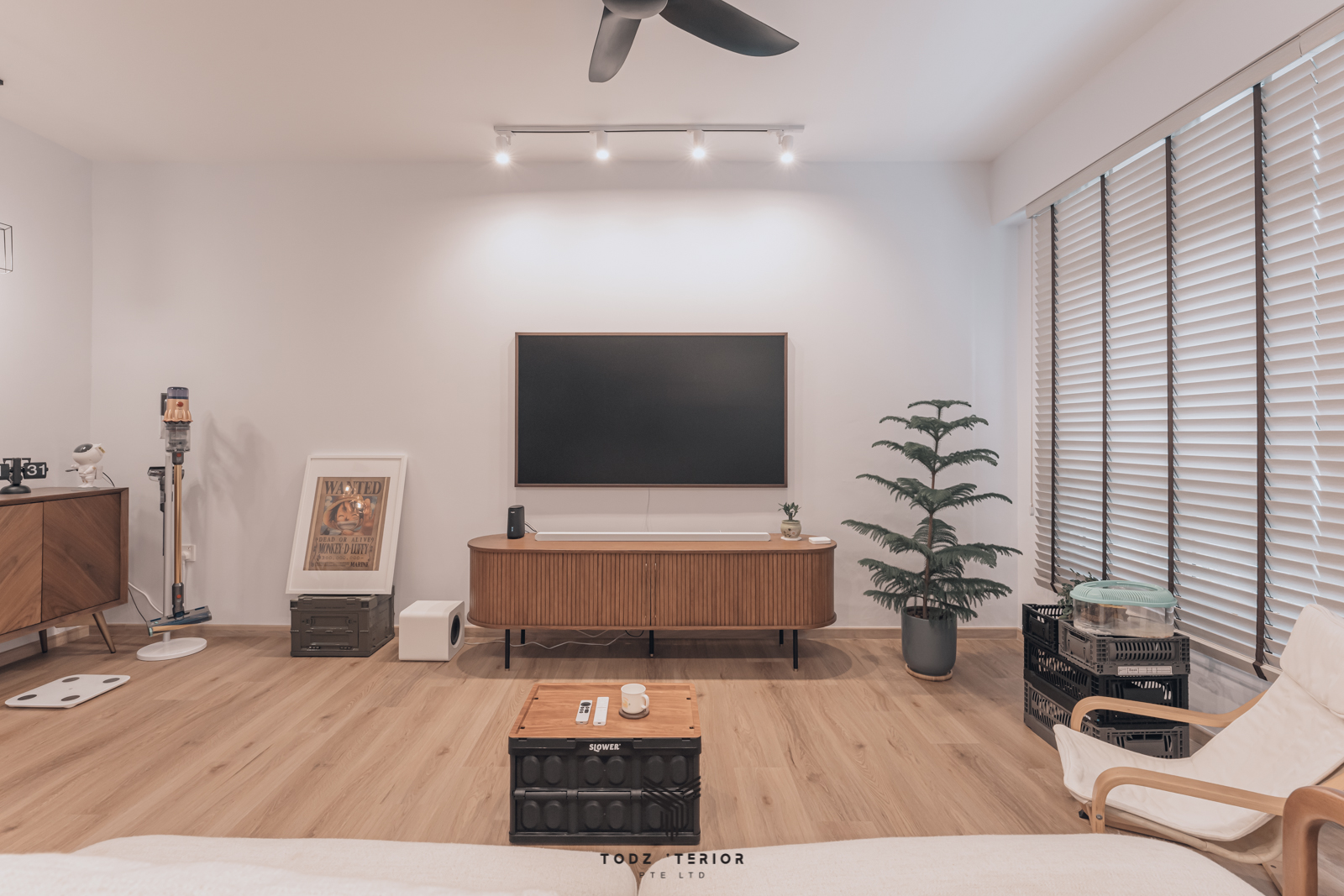Your home is a reflection of your personality and style, and selecting the right furniture is essential in creating a comfortable and inviting living space. Whether you’re starting from scratch or revamping your current home, choosing the perfect furniture can be a daunting task. But don’t worry, we’ve got you covered.
In This Article
ToggleIn this guide, we will take you through the process of selecting the perfect furniture for your SG home. From assessing your space to determining your style, setting a budget, and considering functionality and comfort, we’ve got all the tips and tricks you need to create your dream home. So, let’s dive in and start creating a space that you’ll love coming home to.

Assessing Your Space
Assessing your space is an important first step in creating a sustainable living environment. Here are some key considerations to keep in mind:
Understanding the size and layout of your home:
- Square footage: Understanding the square footage of your home can help you determine how much energy you use and identify areas where you may be able to reduce your energy consumption.
- Layout: The layout of your home can also impact your energy usage. Homes with open floor plans, for example, may require more heating or cooling than homes with more defined spaces.
Considerations for different rooms:
- Living room: Consider using energy-efficient lighting, such as LED bulbs, and choose furniture made from sustainable materials. Also, ensure that your windows are well-insulated to reduce heat loss during the colder months.
- Bedroom: Choose bedding made from organic or sustainable materials, and use natural, non-toxic cleaning products to maintain a healthy indoor environment. Also, consider using blackout curtains to reduce energy consumption during the summer months.
- Dining room: Use reusable tableware and cloth napkins to reduce waste, and choose energy-efficient lighting options for overhead lighting. Also, consider using a programmable thermostat to regulate heating and cooling during meal times.

Determining Your Style
Determining your style is an important aspect of creating a living environment that is both sustainable and aesthetically pleasing. Here are some key considerations to keep in mind:
Identifying your personal style:
- Colors: Consider the colors that you are drawn to and that make you feel happy and comfortable. This can help you identify your personal style and guide your choices for furniture and décor.
- Textures: Consider the textures that you find appealing, such as soft fabrics, natural woods, or sleek metals. This can also help you identify your personal style and guide your choices for furniture and décor.
Understanding popular furniture styles:
- Scandinavian: The Scandinavian style is characterized by clean lines, natural materials, and a focus on functionality. This style often features light-colored woods, simple furniture designs, and a minimalist aesthetic.
- Modern: The modern style is characterized by sleek, clean lines, and a focus on simplicity and functionality. This style often features a neutral color palette, simple shapes, and a minimalist aesthetic.
- Industrial: The industrial style is characterized by a raw, unfinished look, with exposed brick, metal, and concrete. This style often features a mix of vintage and modern furniture pieces, with a focus on functionality and durability.
Setting a Budget
Setting a budget is an important consideration when creating a sustainable living environment. Here are some key factors and tips to keep in mind:
Factors that affect furniture prices:
- Material: The material used to make furniture can have a big impact on its price. Sustainable materials, such as bamboo or reclaimed wood, may be more expensive than traditional materials like plastic or particle board.
- Design: Furniture that is designed with sustainability in mind, such as pieces that are made to last for many years or can be easily repaired, may be more expensive upfront but can save money in the long run.
- Brand: The brand of furniture can also impact its price, with high-end brands often costing more than budget brands.
Tips for setting a realistic budget:
- Do your research: Before setting a budget, research the cost of furniture that meets your sustainability criteria. This will give you a better understanding of what to expect in terms of prices.
- Prioritize your purchases: Decide which pieces of furniture are most important to you, and allocate a larger portion of your budget to those items. Consider which pieces will have the most impact on your daily life and well-being.
- Consider second-hand options: Second-hand furniture can be a cost-effective and sustainable option. Look for used furniture in good condition or consider upcycling and repurposing old furniture to fit your needs.

Quality and Durability
Quality and durability are important factors to consider when creating a sustainable living environment. Here are some key materials and tips to keep in mind:
Materials that affect quality and durability:
- Wood: Solid wood furniture is generally more durable and long-lasting than furniture made from particle board or other composite materials.
- Upholstery: High-quality upholstery, such as leather or heavy-duty fabrics, can withstand wear and tear better than cheaper materials.
- Hardware: Furniture that is assembled with high-quality hardware, such as metal hinges and drawer slides, is generally more durable than furniture with plastic or low-quality hardware.
Tips for assessing the quality of furniture:
- Check the joints: Inspect the joints of the furniture to make sure they are tight and sturdy. Loose or wobbly joints can be a sign of poor quality.
- Look for solid wood: If possible, choose furniture made from solid wood instead of particle board or other composite materials. Solid wood is generally more durable and long-lasting.
- Test the drawers: Open and close the drawers to make sure they slide smoothly and are properly aligned. Poorly constructed drawers can be a sign of low quality.
- Check the upholstery: Inspect the upholstery to make sure it is tightly stitched and doesn’t have any loose threads or snags.
Functionality and Comfort
Functionality and comfort are important considerations when creating a sustainable living environment. Here are some key factors and tips to keep in mind:
Choosing furniture that fits your lifestyle and needs:
- Consider the room: Think about the function of the room where the furniture will be placed. For example, a sofa in a living room may need to accommodate multiple people, while a desk in a home office should be functional and comfortable for extended periods of use.
- Think about storage: Furniture with built-in storage, such as a bed with drawers or a coffee table with shelves, can help keep your living space organized and clutter-free.
- Consider the environment: Choose furniture that is appropriate for your climate and weather conditions. For example, furniture with removable or washable covers may be more suitable for homes with pets or children.
Factors that affect comfort:
- Materials: The materials used to make furniture can affect its comfort level. For example, a sofa with a plush velvet or microfiber upholstery may be more comfortable than one with a scratchy or stiff fabric.
- Ergonomics: Furniture that is designed with ergonomics in mind, such as chairs with lumbar support or adjustable height desks, can improve comfort and reduce the risk of injury or discomfort.
- Size: Choose furniture that fits your body size and shape. For example, a chair that is too small can cause discomfort and strain, while a chair that is too large can make it difficult to sit comfortably for extended periods.
Color and Pattern
Color and pattern are important considerations when creating a sustainable living environment. Here are some key tips and factors to keep in mind:
Choosing colors and patterns that complement your home’s design:
- Consider your existing decor: Look at the colors and patterns in your existing decor to help guide your color and pattern choices. This will help ensure that your furniture and accessories complement your home’s overall design.
- Consider the room’s function: The colors and patterns you choose can also be influenced by the function of the room. For example, a bedroom may benefit from calming, neutral colors, while a playroom may be more suitable for bright and playful colors.
- Look to nature: Nature can provide inspiration for color and pattern choices. Think about the colors and patterns you see in natural settings such as forests, oceans, and mountains.
Tips for coordinating different colors and patterns:
- Choose a dominant color: Start by selecting a dominant color for the room, which will be the most prominent color in the space.
- Use complementary colors: Complementary colors are colors that are opposite each other on the color wheel, such as blue and orange or green and red. Using complementary colors can create a visually interesting and balanced space.
- Mix patterns carefully: When mixing patterns, choose one or two dominant patterns and balance them with smaller, more subtle patterns. Use a common color to tie the patterns together.
What we have learnt
Choosing the perfect furniture for your SG home is an exciting process that allows you to bring your personal style and creativity to life. By assessing your space, determining your style, setting a budget, and considering functionality and comfort, you’ll be able to create a space that reflects your personality and meets your needs. Remember to prioritize quality and durability, and don’t be afraid to experiment with color and pattern to create a unique and inviting atmosphere.
With this guide, we hope to make the process of selecting the perfect furniture a little easier and enjoyable. So, get ready to transform your home into a comfortable and stylish living space that you’ll be proud to call your own.

Renovate with Todzterior!
We’re here to help you get started with Smart Home solutions.
Todzterior is the only company whose mission is to make homes “Smart.” In other words, our Smart Home solutions are built to help make your life easier. The possibilities for the future of the smart home are endless. You’ve come to the right place. We’re here to help you get started with Smart Home solutions and ensure you with smart quality and reliability.
Don’t hesitate to find out more about us. Call us here or visit our showroom at 7 Gambas Crescent #01-03 Ark@Gambas Singapore 757087.
Frequently asked Question
1) How do I determine the size of furniture to choose for my home?
A: Before selecting furniture, measure the size of the room and consider the layout. Ensure that there’s enough space for the furniture to fit comfortably without crowding the room.
2) How do I select the right style of furniture for my home?
A: Start by identifying your personal style and researching popular furniture styles. Consider the existing design of your home and choose furniture that complements it.
3) How much should I spend on furniture?
A: The price of furniture varies depending on various factors such as material, size, and brand. Set a budget that’s reasonable for your needs and prioritize quality and durability over a low price.
4) What factors affect the comfort of furniture?
A: Comfort is affected by factors such as material, ergonomics, and the design of the furniture. Choose furniture that fits your lifestyle and needs and is comfortable for long-term use.
5) How do I coordinate colors and patterns in my furniture?
A: Stick to a color scheme and choose furniture in colors and patterns that complement each other. Use neutral tones as a base and add pops of color with accent pieces. Don’t be afraid to experiment with different textures and patterns.
